HAIR LOSS SOLUTION
THE DEFINITIVE GUIDE 2023
THE ESSENTIAL GUIDE TO DIAGNOSIS
PREVENTION AND TREATMENT
Author: Harry - Head of Customer Support - Megyhouse.com
Today I’m going to show you exactly how to Make your hair great again in 2023.
In this comprehensive guide I’ll cover:
1. Understanding the Causes of Hair Loss and Why it Happens
2. Identifying the Right Treatment Options and Solutions – Backed With Evidence
3. How to Implement Hair Care Practises into Your Life (Overcoming the Psychological and Emotional Impact of Hair Loss).

Content
Chapter 1: Understanding the Causes of Hair Loss and Why it Happens
Chapter 2: Procedures
Chapter 3:Over the counter
Chapter 4: Phisical Treatments
Chapter 5: Advance Tip From Tiktok Idol
Bonus
Download A Free Ebook That will Show you How to grow long, thick hair at home
Understanding why hair loss happens before progressing
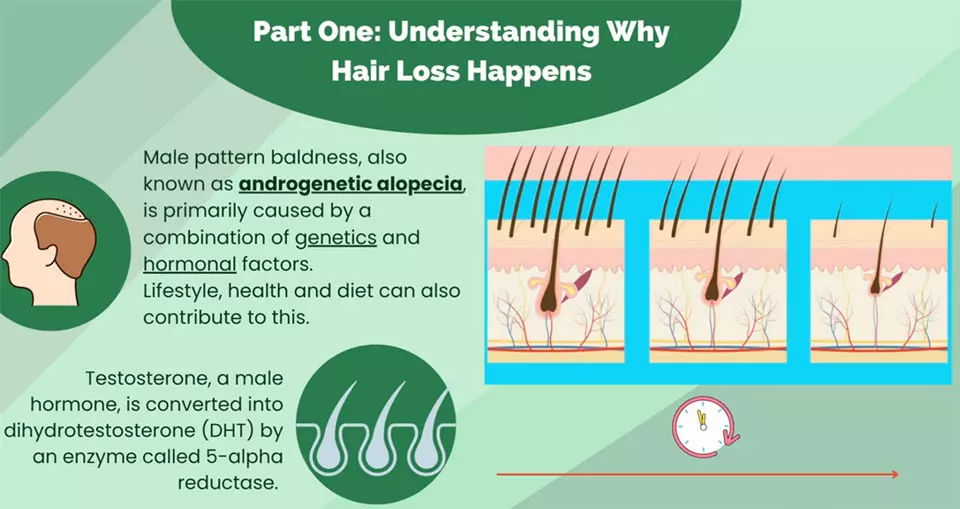
Causing Them To Shrink And Produce Thinner Shorter Hairs Over Time This Can Lead To A Progressive
Miniaturization Of The Hair Follicles Eventually Resulting In Hair Loss This Is Shown On The Diagram On The Right As The Images Move Right The Process Of Miniaturization Is Presented To Us
So Imagine Your Hair Follicles Are Like Little Houses Where Your Hair Grows From Inside These Houses There’s A Special
Hormone Called Dht That Plays A Role In Hair Loss Now In Some People These Hair Follicle Houses Are Vulnerable To Dht When Dht Comes In Contact With These Vulnerable Houses
It Starts Causing Trouble It’s Like Having An Annoying Neighbor Who Keeps Bothering You Dht Makes These Sensitive Hair Follicles Shrink Over Time It’s Like The Houses Are Slowly Getting Smaller And Smaller As A Result The Hair That Grows From These Follicles Becomes Thinner And
Weaker It’s As If The Houses Can’t Hold Strong And Healthy Hair Anymore Eventually The Houses Become So Small That They Can’t Produce Any New Hair At All It’s Like They’ve Completely Shut Down That’s When You Start Noticing Hair Loss Or Thinning In Those Areas It’s Like Some Of The Houses Have
1.1: Genetic
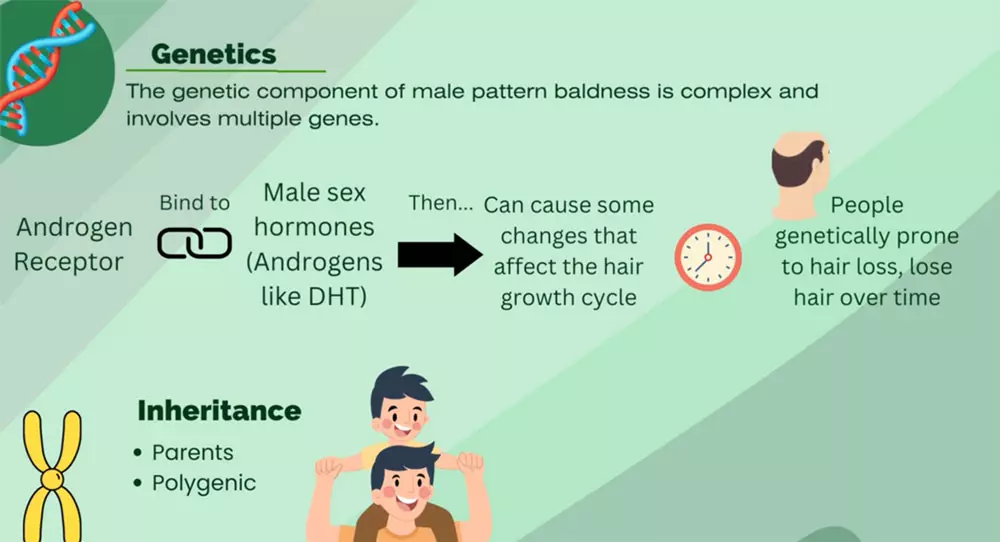
Our Bodies Have Something Called Androgen Receptors These Receptors Are Like Little Locks That Are Found In Different Parts Of Our Body Including The Hair Follicles On Our Scalp
Androgen Receptors Are There To Receive Signals From Hormones Called Androgens A Specific Androgen
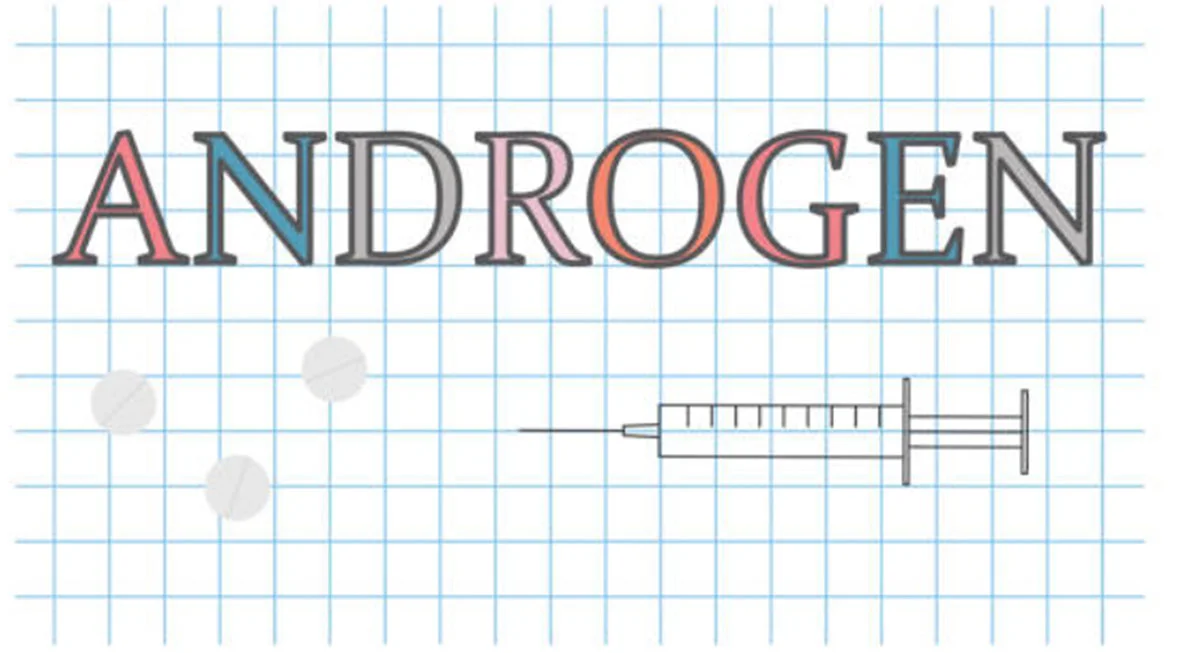
Which You May Now Be Familiar With Is Called Dihydrotestosterone Dht This Can Attach To These Androgen
Receptors On The Hair Follicles When Dht Attaches To The Androgen
Receptors It Can Cause Some Changes That Affect The Hair Growth Cycle In People Who Are Genetically Predisposed To Hair Loss The Presence Of Dht Can Make The Hair Follicles Become Smaller And Weaker Over Time
This Makes It Harder For New Hair To Grow Back As The Old Hair Falls Out Eventually
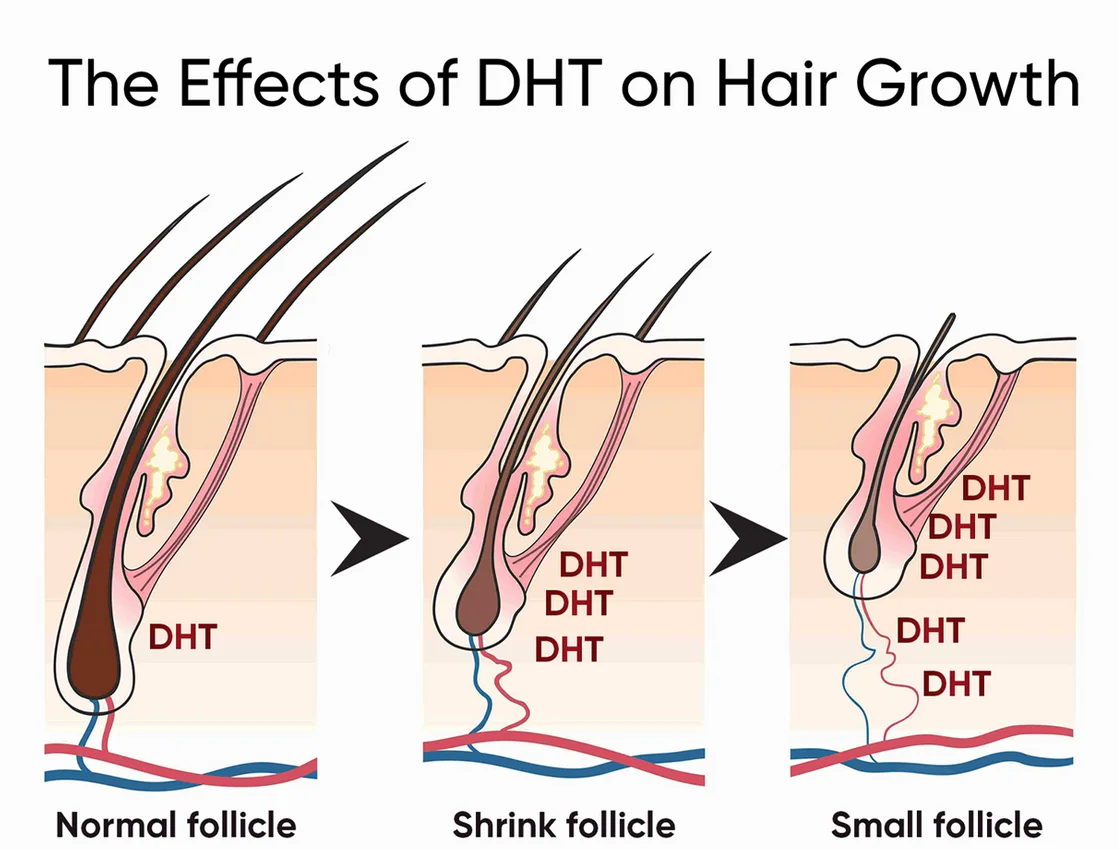
The Hair Follicles May Stop Producing New Hair Altogether Leading To Hair Thinning And Hair Loss
The Inheritance Pattern For Androgenetic Alopecia Is Complicated And Not Fully Understood But It Appears To Be Polygenic To Scientists
Which Means That Multiple Genes Are Involved In Determining Whether Or Not Someone Will Develop The Condition Research Has Also Suggested That
There May Be An X-Linked Inheritance Pattern Which Means That The Gene For Hair Loss Is Located On The X Chromosome And Can Be Passed Down From Either The Mother Or The Father
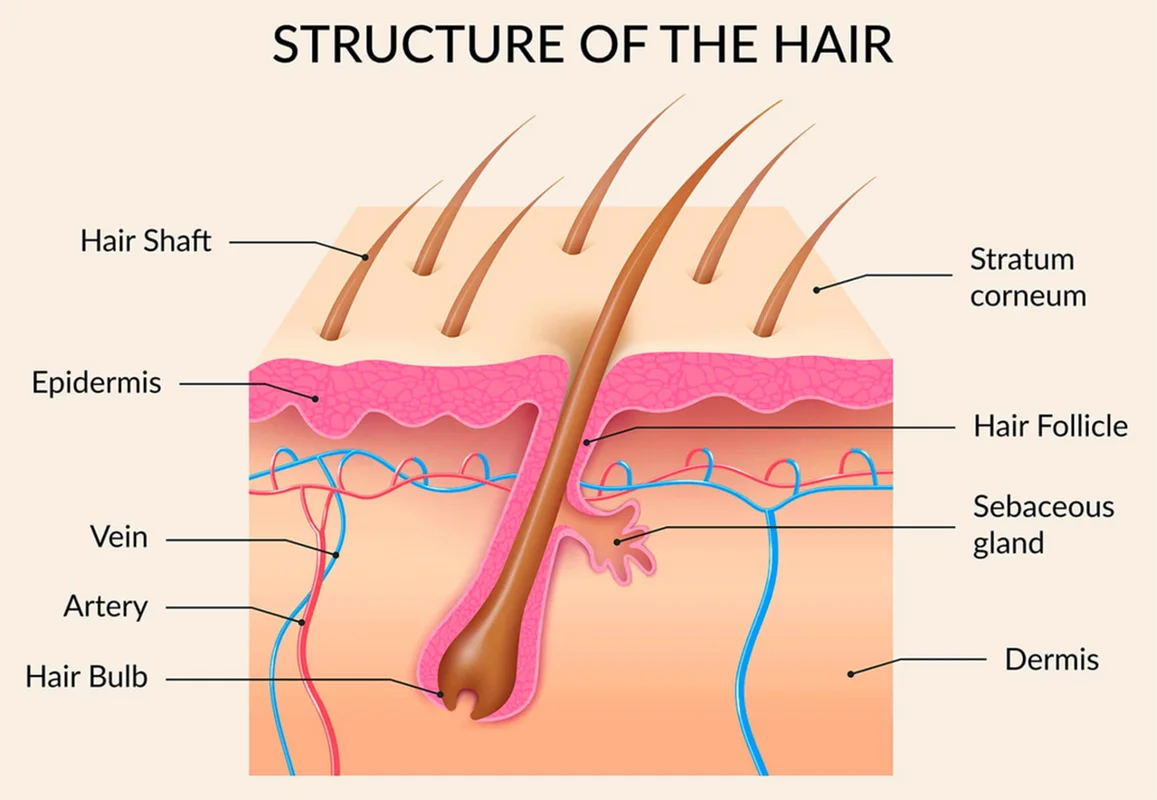
So To Debunk The Myth That Looking At Your Father Or Mother’s Side Of The Family Exclusively As A Way To Measure What Direction Your Hair Loss Will Go Will Not Necessarily Be Accurate This Is
Something Commonly Discussed Online But Now There Is Evidence That It Comes From Both Parents It’s Not Advised To Take Hair Loss Action Purely
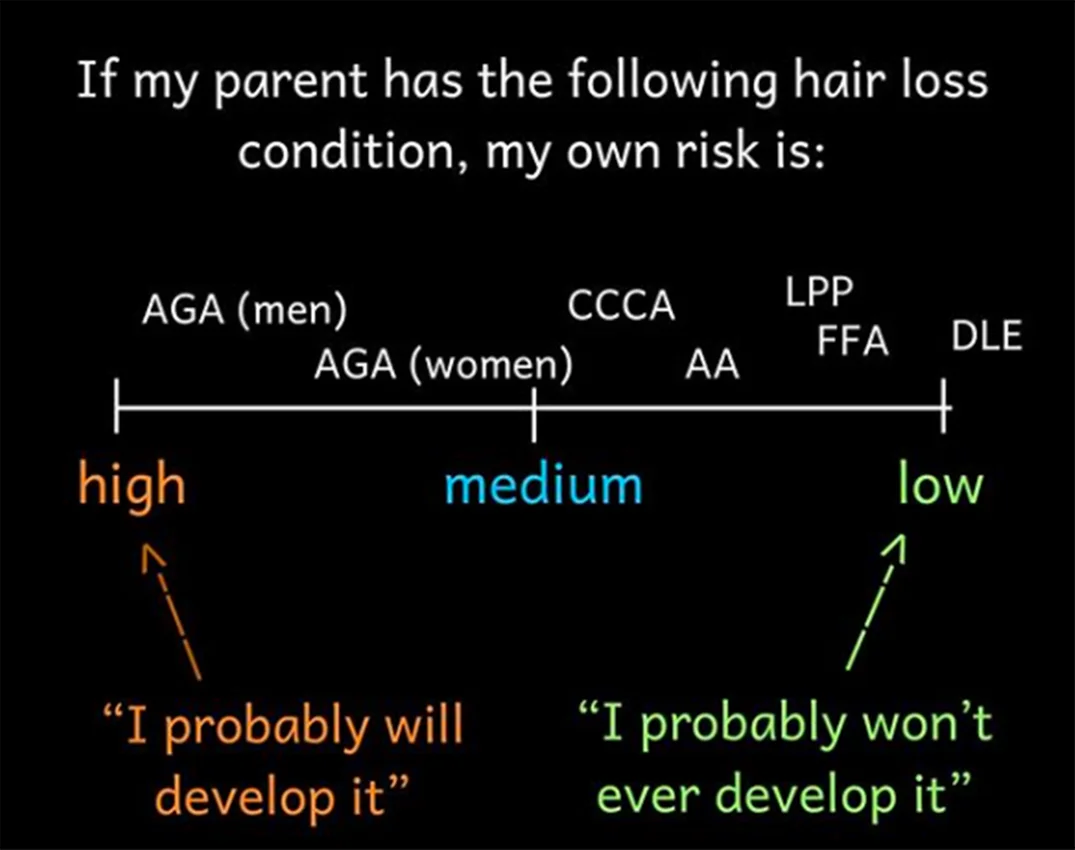
Based On How Your Father Looks Or The Male Siblings Of Your Mother Thinking That The Same Will Be For You However You Could Determine What Side It’s Coming
From If There Is Stark Differences In Hair Loss Between Them But That Knowledge Won’t Really Help You Achieve Much Apart From Perhaps Seeing What The Duration Of Their Hair Loss Process
Was Like What Makes Our Hair The Way It Is Is That Each Cell Has Genes That Are Turned On Or Off Differently.
The Food You Eat Determines Your Health And Hair, Not Genetics
So Why Do Children Tend To Lose Hair Like Their Parents?
Simply Because The Whole Family Eats The Same Food And Has Very Similar Routines
Remember: Whoever Cooks Determines The Health Of The Whole Family

1.2: Age
So Moving On To Age Male Pattern Baldness Can Start At Any Age After Puberty But It’s Most Commonly Seen In Men Over The Age Of 50.
It’s Estimated That Up To 80 Percent Of Men Will Experience Some Degree Of Hair Loss By The Age Of 70. The Age At Which Male Pattern Baldness Starts And The Rate At Which It Progresses Can Vary From Person To Person With Age
Not All Men Will Go Completely Bald As A Result Of Male Pattern Baldness Some Men May Experience Only Minor Hair Thinning Or A Receding Hairline While Others May Experience More Significant Hair Loss As Mentioned Before As We Can See From The Table Below
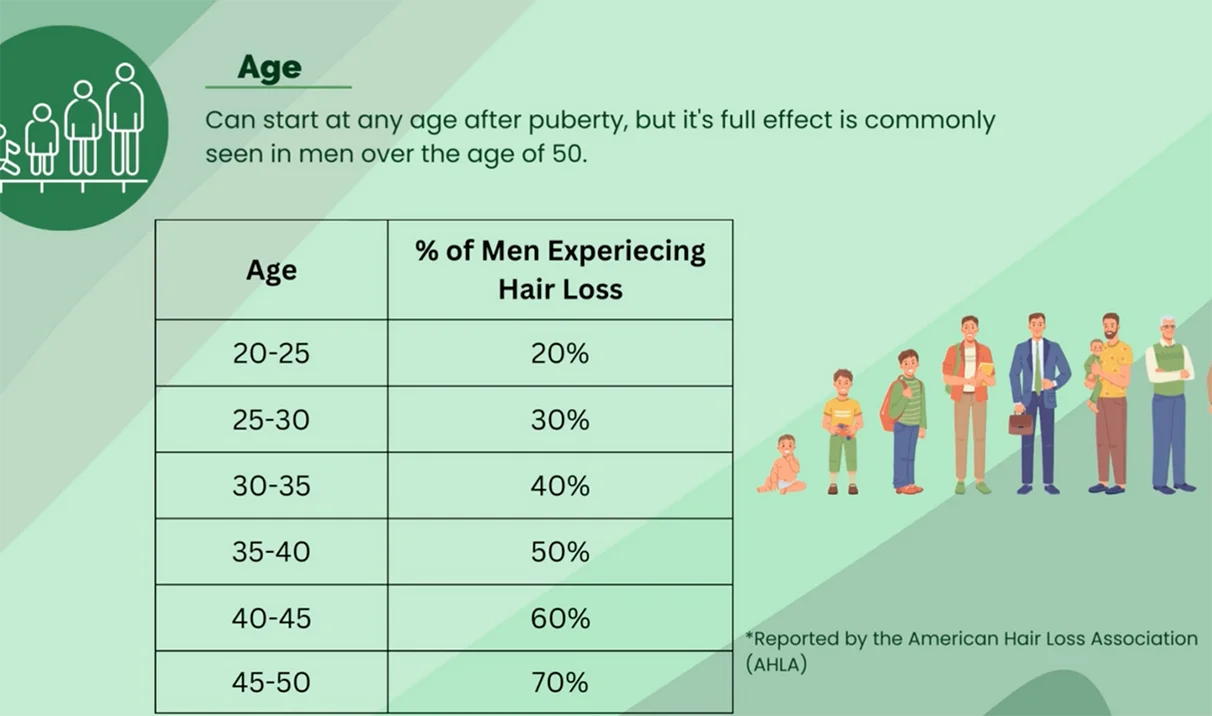
It Splits The Ages Of Men Into Groups Of Five Years On The Left And On The Right It Indicates The Percentage Of Men That Experience Hair Loss For Each Age Group For Ages Between 20 To 25 20 Of Men Experience Some Form Of Hair Loss Once You Push To The Later 20s And Look At 25 To 30 That Number Of Men Experiencing Hair Loss Increases To 30 Percent
For 30 To 35 This Increase To 40 Percent Which Is A Relatively High Number At That Age As It’s Getting Closer And Closer To Being One In Two Men Here
We Can Start To See Just How Common It Is And At 35 To 40 We Get To That 50 Rate So Just To Emphasize That Point Fifty Percent Of Men Between The Ages Of 35 To 40 Are Experiencing Some Degree Of Hair Loss With Modern And Future
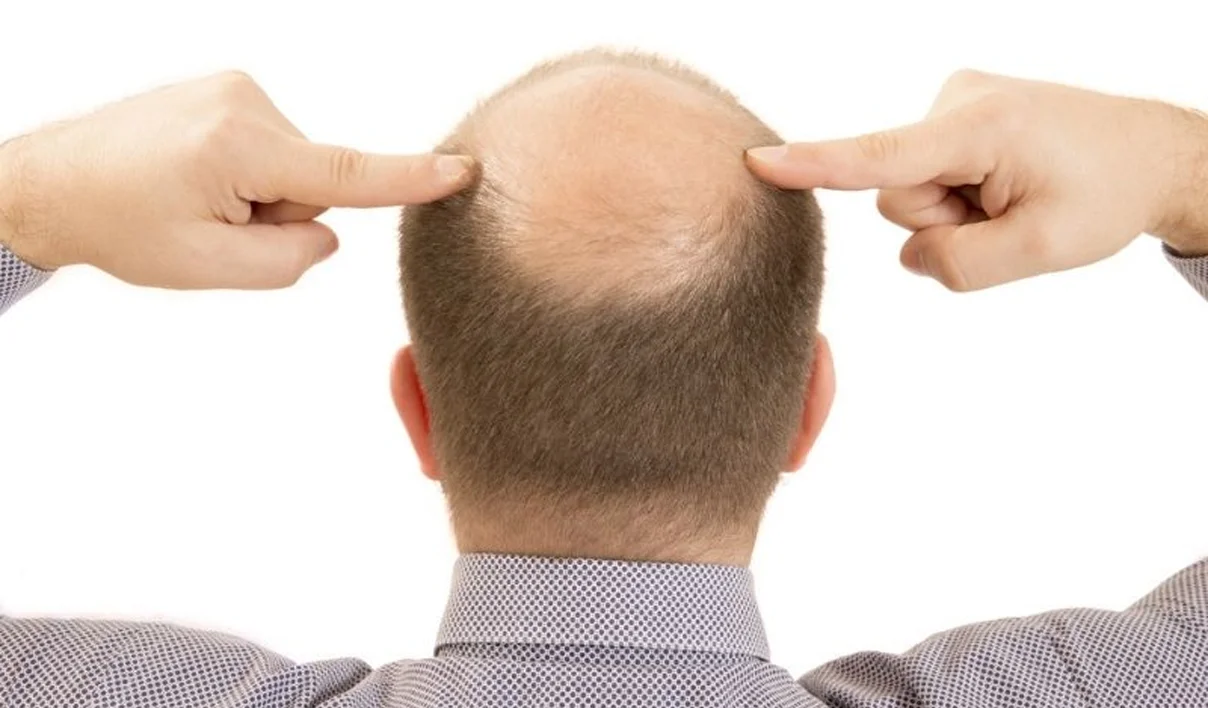
Intervention To Tackling Hair Loss I Believe This Number Will Decrease But This Is Where We Are Now Pushing On To 40 To 45 At 60 Percent And At 45 To 50 It’s 70 Percent So Clearly As You Get Older
The Chances Continue To Increase Therefore Further Reiterating Just How Common This Is For Men And That If It’s Something You’re Experiencing You’re Certainly Not Alone Many
People May Be Worried About It Or Thinking That It’s Just Them In Their Communities Or Circles But This Is Very Common Amongst Men Of All Ages And Ethnicities The Good News Is There Are Several Ways To Doing Something About It That Begin To Be Uncovered In Section Two
So To Debunk The Myth That Looking At Your Father Or Mother’s Side Of The Family Exclusively As A Way To Measure What Direction Your Hair Loss Will Go Will Not Necessarily Be Accurate This Is
Something Commonly Discussed Online But Now There Is Evidence That It Comes From Both Parents It’s Not Advised To Take Hair Loss Action Purely
1.3 The NorWoood Scale
So Moving On To The Norwood Scale The Norwood Scale Also Known As The Hamilton Norwood Scale Was Developed By Dr James Hamilton And Later Modified By Dr Otar Norwood Dr James Hamilton
Was An American Dermatologist Who Initially Proposed A Classification System In The 1950s To Describe Male Pattern Baldness Later On In The 1970s Dr Otar Norwood
A Dermatologist From The University Of Oklahoma Expanded On Dr Hamilton’s Work And Further Refined The Classification System Dr Norwood’s Modifications Included Adding Additional Stages And Illustrations To Create He Widely Recognized Norwood Scale That We Know Today
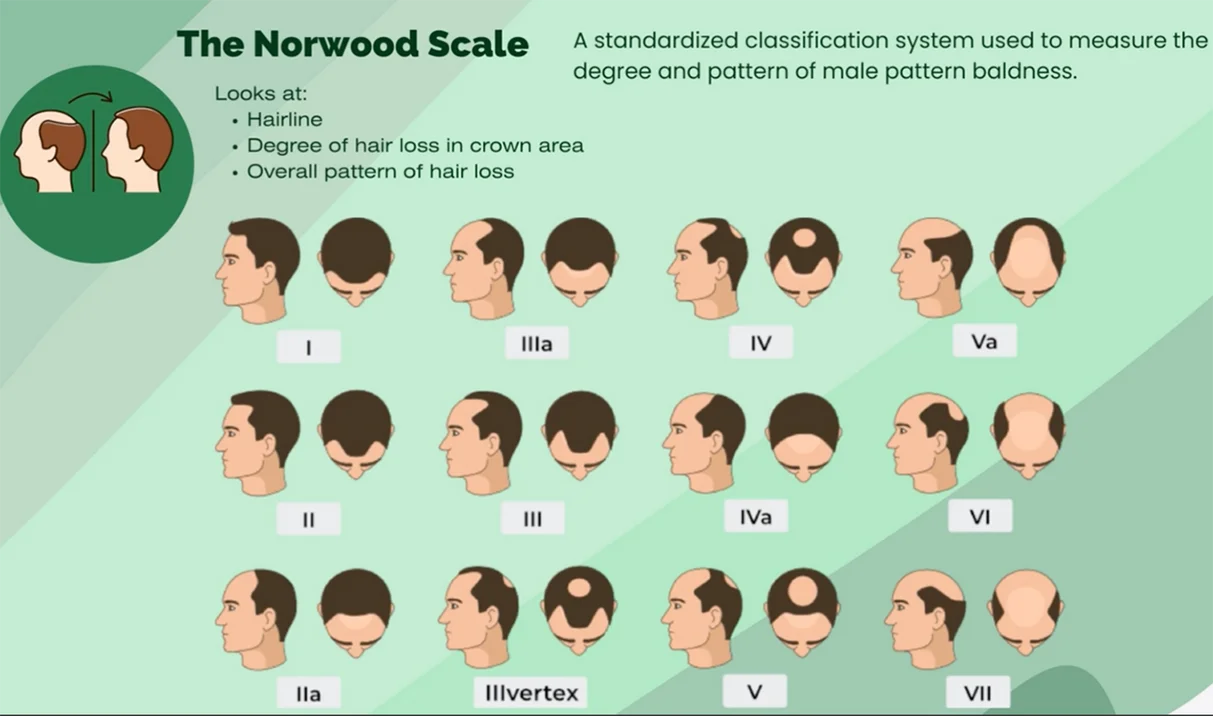
Where The Hair Grows In A Circular Pattern The 3a Like The 2a Is The Hairline Receding As A Whole Looking At Stage Four We Can See The Progression From Stage 3 The Bald Spots On The Crown Are More Significant And The Hairline Has Receded Even Further With 4a
It’s Still A General Hairline Recession And There Isn’t Much Balding At All Going On In The Crown Stage 5 Is When The Bald Spots On The Crown Have Almost
Merged With The Receding Hairline Leaving Just A Thin Strip Of Hair Around The Sides And Back Of Your Head The Classic Bald Look Is Starting To Really Emerge And Following Suit With The A-Class
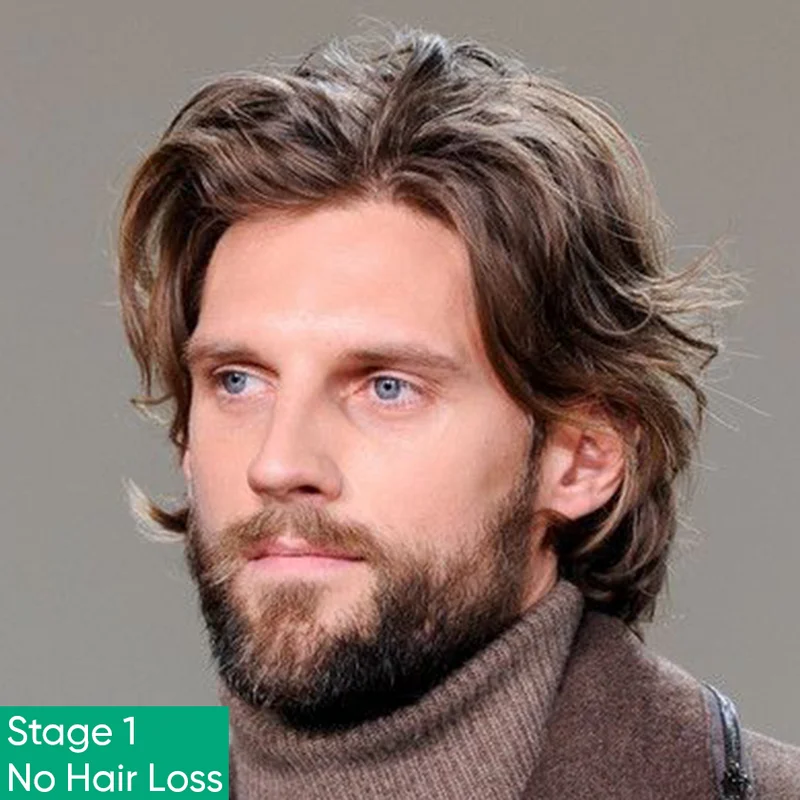
The Hairline Recession Continues To Go Further Back Stage Six Is When The Strip Of Hair Around The Sides And Back Gets Even Thinner And The Bald Spot On The Crown Gets More Prominent
Finally At Stage Seven You’re Pretty Much Completely Bald On Top With Just A Horseshoe Shaped Ring Of Hair Around The Sides And Back Of Your Head This Is The Final Stage Now You May Be Wondering Why Doesn’t The Hair On The Sides And Back Go Too
Why Do Men Even In Old Age Tend To Keep Those Hairs Well The Simple Answer Is The Hair Follicles In Those Areas Are Not Sensitive To Dht Which We Mentioned Earlier How Dht Attacks Those Follicles And Makes The Hairs Thinner And Thinner Over Time Until They Eventually Fall Out So Overall Understanding Where You Are On The Norwood Scale
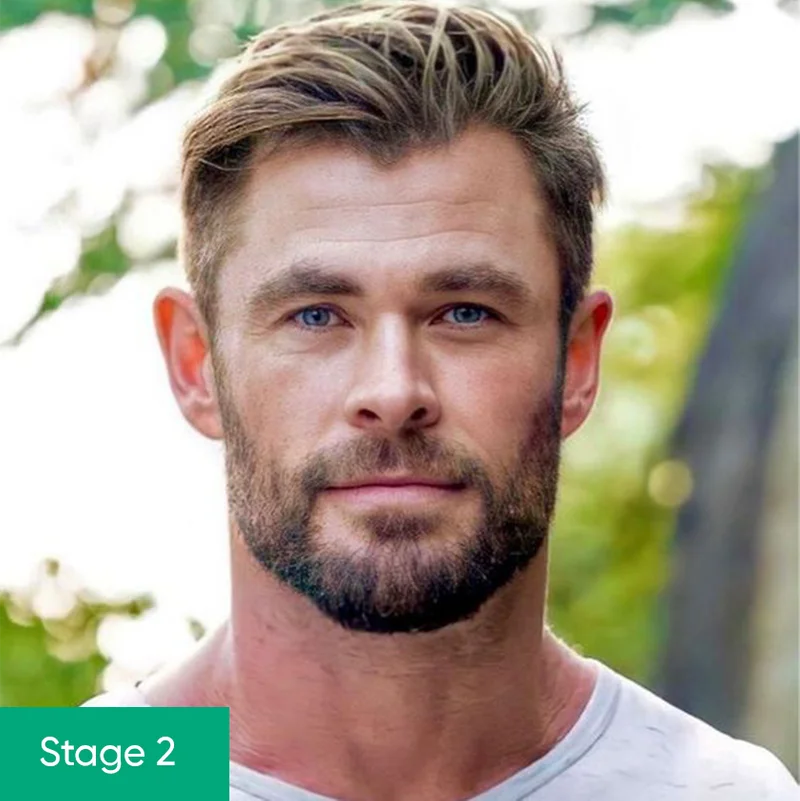
I Think Is A Very Important Part Of Your Hair Loss Journey It Builds Solid Foundation For You To Start Your Journey And Plan Ahead By Understanding Where You Currently Are How Far You’ve Gone And What Can Be Done To Restore In Regards To Your Options For Example A Hair Transplant Would Not Be Advised To Someone At Stage Two
In My Opinion There Are Many Examples Like This Across The Norwood Scale So It’s Key To Be Honest With Yourself And Know Where You Or Your Patient Are Currently
The Norwood Scale Has Become A Widely Used And Accepted Method For Assessing And Categorizing The Progression Of Male Pattern Baldness It Helps Doctors And Researchers In Diagnosing And Discussing The Different Stages Of Hair Loss In
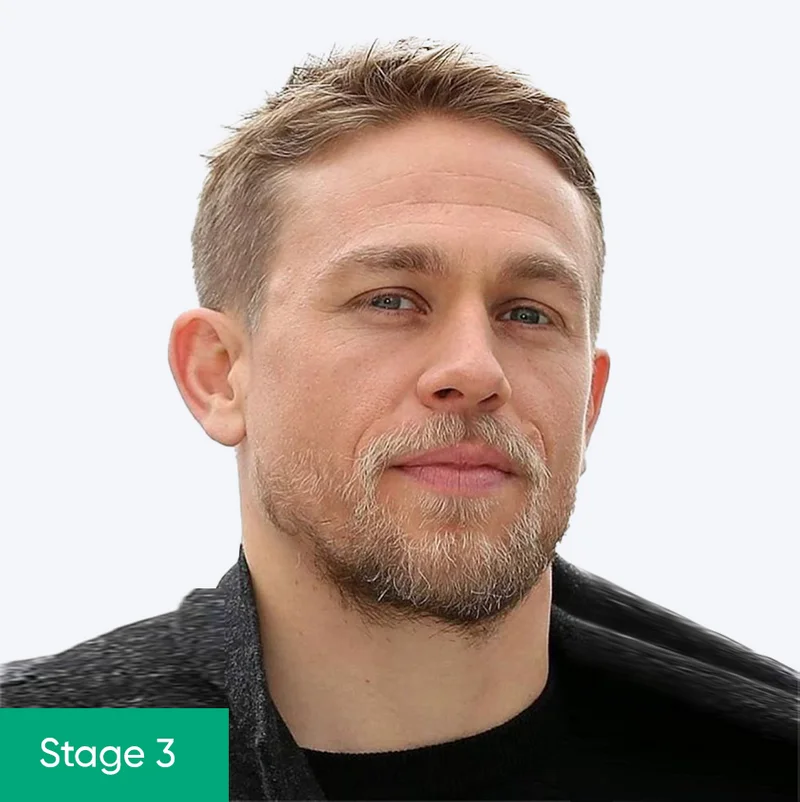
Determining The Most Appropriate Treatment Options For Their Patients Therefore Can Help You As An Individual Understand What Stage You’re Currently In And What The Best Course Of Action Is
For You This Also Gives A Good Indication Of The Pattern That You’re Likely To Be Balding In It Is Important To Note However That The Norwood Scale Is Designed Specifically For Male Pattern Baldness
And May Not Be Applicable To Other Types Of Hair Loss So What Does This Take Into Account The Scale Considers The Hairline The Degree Of Hair Loss On The Crown Of The Head And The Overall Pattern Of Hair Loss So As We Go Through The Scale
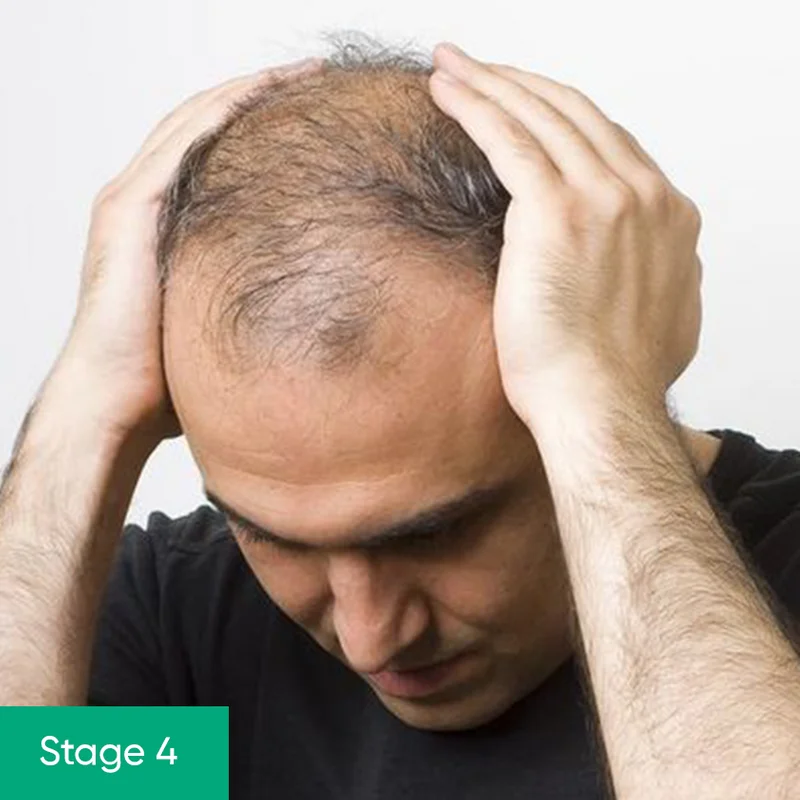
I’d Like For You To Have Just A Little Think About Where You May Be With It So You Can Understand What Your Situation May Be Just For Your Information Too The Stages Are Shown In Roman Numerals Going Through Stages From One To Seven At Some Stages
You May See The Letter A Beside The Stage This Is Known As Class A Baldness For That Particular Stage If You Develop Norwood Class A Baldness Your Hairline Recedes Directly Back Across The Scalp There’s No Island Of Hair In The Center Or Bald Spot At The Vertex Or The Typical M-Shaped Hairline Developing
If You’re At Stage One You Have A Full Head Of Hair With No Signs Of Baldness In This Stage You’re In A Good Position And There Really Isn’t Much For You To Worry About In Terms Of Restoration But It Would Still Be Good To Work To Keep Your Hair Healthy At Stage Two
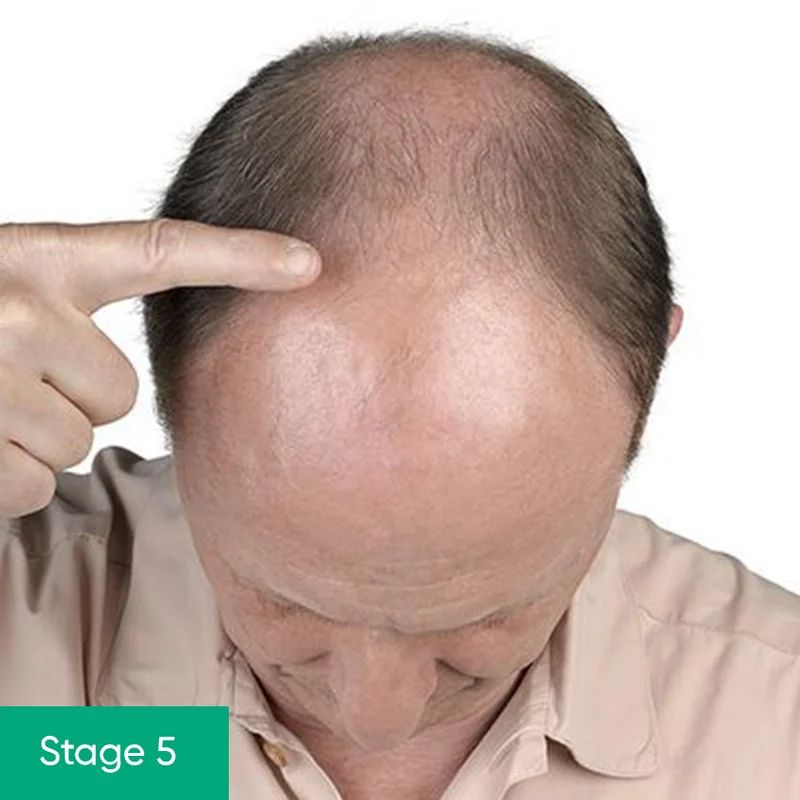
You Might Notice A Slight Recession Of The Hairline But It’s Still Pretty Normal Especially With Age I Would
Personally Advise Starting To Take Action Here As This Is What I Would Consider Catching It Early At 2a The Difference Is You Can See The Hairline Is Receding As A Whole Stage Three Is When Things
Start To Get Noticeable You Might Have A More Significant Recession Of The Hairline And You Could Start To See Some Bald Spots On The Crown Of Your Head And The M Shape Beginning To Start The Stage 3 Vertex Is Where The Crown Area The Stage 3 Vertex Is Where The Crown Area Is Affected More Aggressively The Crown Area Of Your Hair Refers To The Top Part Of Your Head
1.5: Ongoing Research
So Before Our Next Section Of Current Available Treatments For Hair Loss I Wanted To Touch On Theongoing Research And Treatments That Are Not Released To The Public Yet Because Things Are
Always Looking More And More Positive In The Hair Loss Industry It’s Such A Big Industry In Terms Of Its Demand And Financial Supply That Competition Between Businesses Will Always Exist Being First

Or The Best To Release Something New Will Provide A Huge Financial Incentive To Whoever Can Be The Ones To Achieve This A First Example Is Stem Cell Therapy.
Stem Cell Research Aims To Utilize The Regenerative Potential Of Stem Cells To Stimulate Hair Follicle Growth And Improve Hair Density Researchers Are Exploring Various Sources Of Stem Cells To Enhance Hair Growth
Definitely Something To Keep An Eye Out For The Future Gene Therapy Gene Therapy Approaches Are Being Investigated To Target Specific Genes And Molecular Pathways Involved In Hair Growth Regulation By Manipulating Gene Expression Researchers Aim To Promote Hair Regeneration And Combat Hair Loss The Information
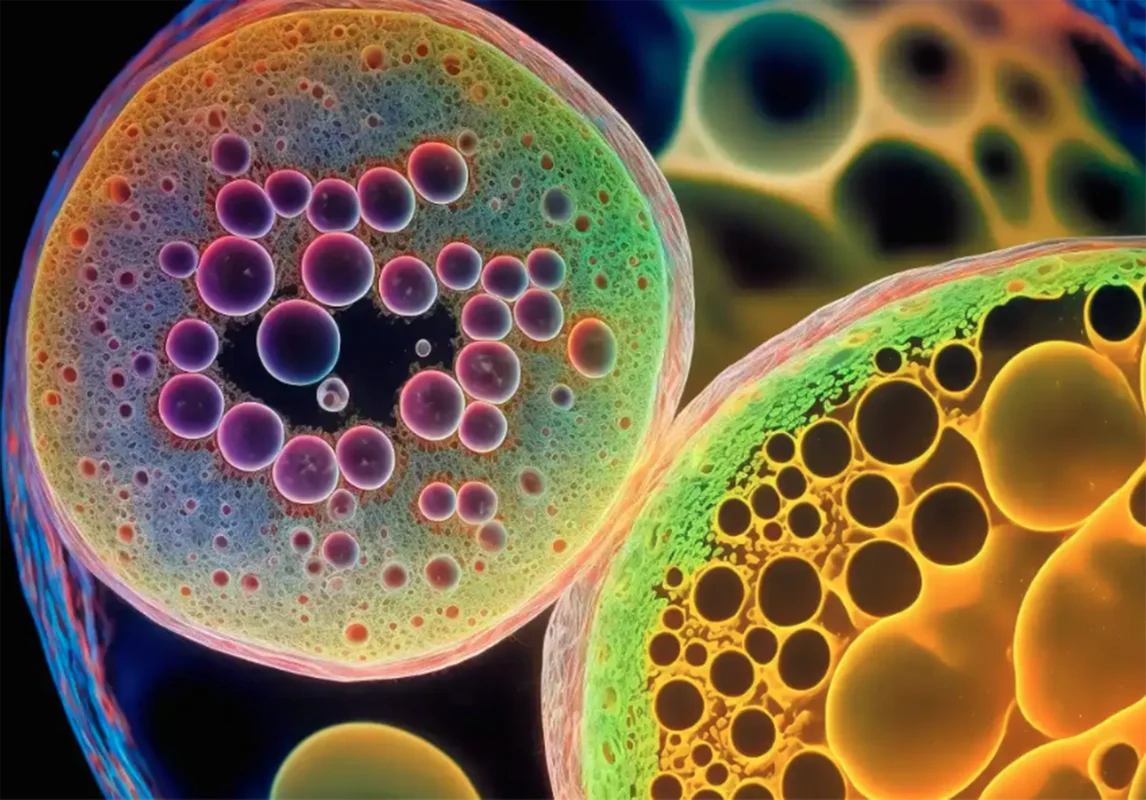
And Results On This Are Quite Limited Currently But It’s Something Being Worked On So I’m Certain Positive News Will Come Out In The Coming Years A More Obvious One Is Drug Development Ongoing Research Focuses On The Development Of New Drugs And Topical Treatments Targeting Specific Molecular Pathways Involved In Hair Growth Regulation
This Is Something That Will Always Continue To Happen As These Drugs Can Be Produced In Large Numbers And They Keep Patients Coming Back To Purchase Them They Aren’t A Permanent Solution To Hair Loss So Pharmaceutical Companies Will Always Continue To Profit When Producing These

However This Is Negative For The Patient And Something We’ll Go Into More Detail On Later On It Is Challenging To Provide An Exact Timeline For When Any Of These Will Become Widely Available As A Treatment Option For Example Stem Cell Research Shows Promise For Hair Regeneration There Are Still Several Hurdles To Overcome Before It Can Be Translated Into A Safe And Effective Clinical Therapy Clinical Trials And Further Research Are Needed To Establish The Optimal Protocols Safety Profiles And Long-Term Effectiveness Of Stem Cell Therapy For Hair Loss
Additionally Regulatory Approvals And Rigorous Testing Processes Must Be Followed To Ensure Patient Safety And Treatment Efficacy For That Reason It’s Difficult To Predict The Exact Timeline For These Developments As They Depend On The Outcomes Of Ongoing Research And The Successful Completion Of Clinical Trials Once These Do Arrive You Can Be Sure That Other Newer Treatments Will Also Be In The Work Then Too As There Will Always Be Progression In This Industry
So That’s The End Of Our First Section The Next Step Is To Begin To Look At The Solutions To Hair Loss Which I’m Excited And Keen To Get Into Here We’ll Be Looking At The Different Types Of Procedures Available To You Right Now We’ll Analyze The Pros And Cons So You Can Be Equipped To Take An Educated Decision For Whatever’s The Best Option For You Or Your Patients
Over the counter products.
Where we will explore the captivating world of over-the-counter products for hair loss. These products are readily available medications and health care products that can be purchased without a prescription.
They provide convenient solutions for common ailments and promote self-care. These are also regulated for safety and effectiveness, offering accessibility and empowerment in managing our health.

Over the counter products.
The first form of over-the-counter product we will look at is minoxidil.
Minoxidil is a medication that is commonly used to treat hair loss and is very widely and commonly used today.
For many people, it’s their first step taken in fighting hair loss. Minoxidil is a medication that is used to treat hair loss, specifically male or female pattern baldness.
It was originally developed as a medication for high blood pressure, but its hair growth effects were discovered as a side effect during clinical trials. Minoxidil works by increasing blood flow to the hair follicles, which can stimulate hair growth and prevent further hair loss.
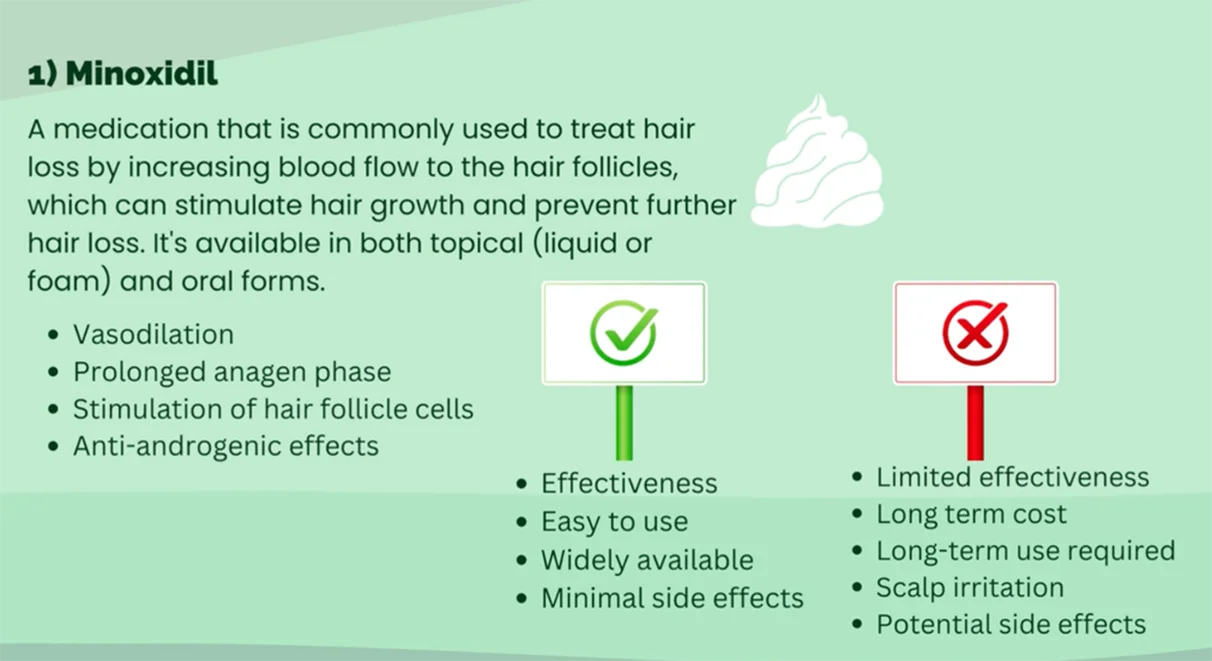
It’s available in both topical liquid or foam and oral forms. Although the topical form is more commonly used for hair loss treatment, Minoxidil is available in both 2% and 5% strengths and can be purchased over the counter without a prescription under various brand names such as Rogaine and Kirkland.
It typically takes several months of consistent use to see noticeable results. The mechanism by which Minoxidil works to promote hair growth is believed to work in several ways.
One: Vasodilation Minoxidil is a potent vasodilator, meaning that it widens blood vessels and increases blood flow to the hair follicles. This increased blood flow may provide more oxygen and nutrients to the hair follicles, stimulating hair growth.
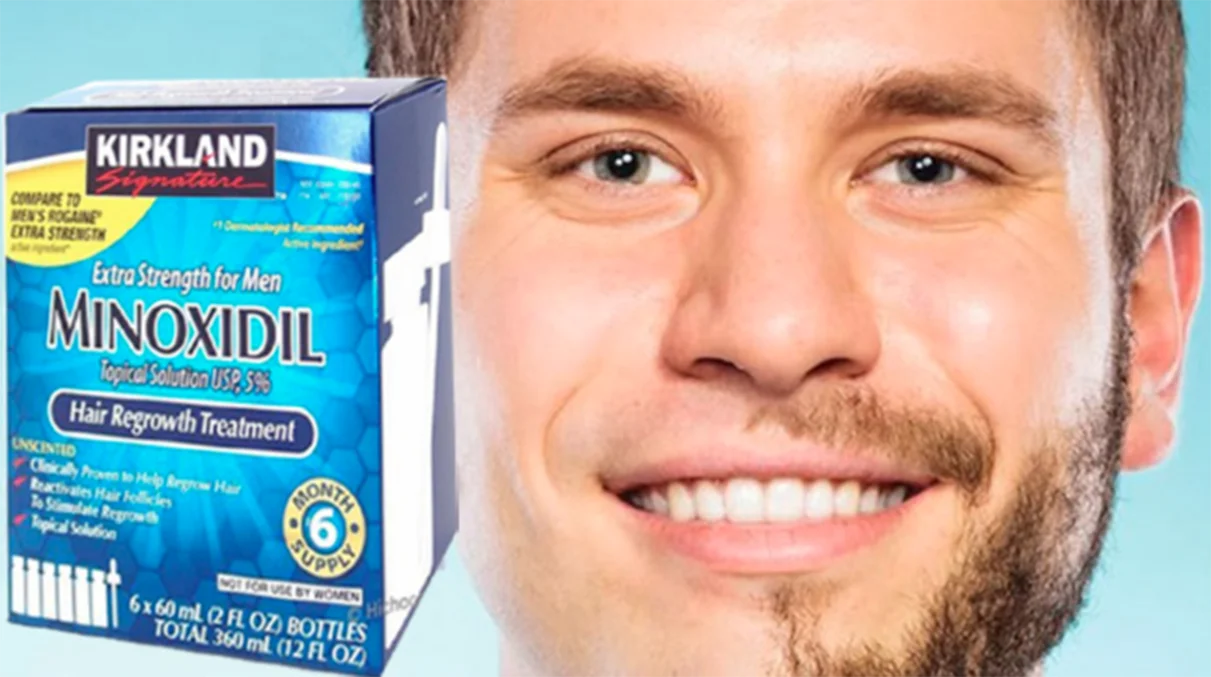
Two : Prolonged Anagen Phase Minoxidil may prolong the antigen growth phase of the hair cycle, which is the phase when hair actively grows.This may help promote the growth of thicker, stronger hair.
Three:Stimulation of hair follicle cells. Minoxidil may stimulate the hair follicle cells, particularly those in the dermal papilla, which play a critical role in hair growth.
Four. Antiandrogenic
Effects.Minoxidil may have some antiandrogenic effects, meaning that it may reduce the activity of male hormones such as testosterone that can contribute to hair loss.
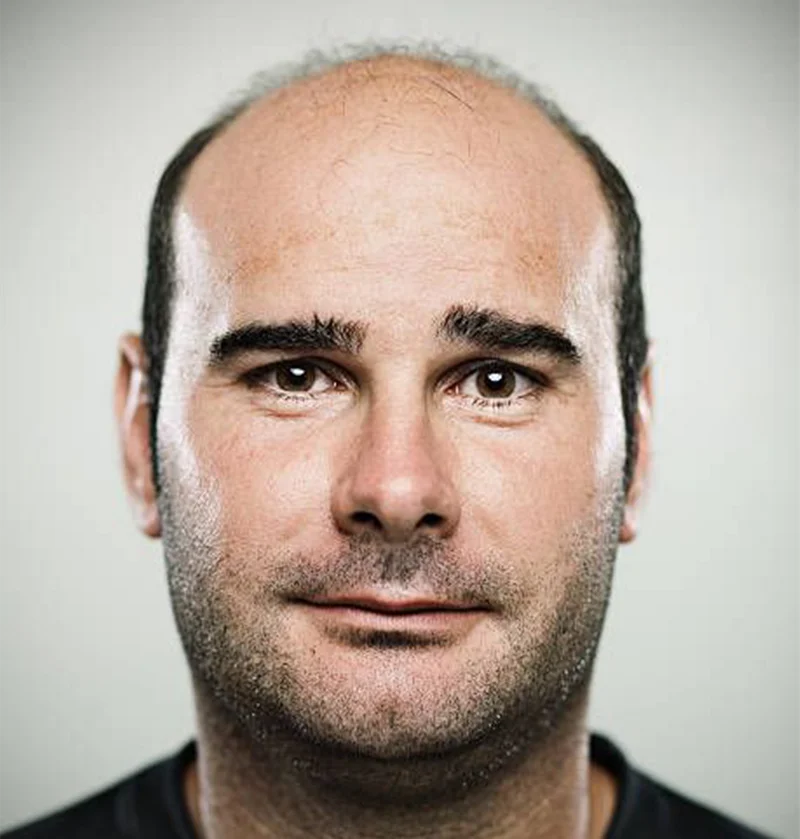
It is important to note that while minoxidil can promote hair growth and slow down or stop hair loss, it is not a cure for baldness and its effectiveness may vary from person to person. I would like to discuss the pros and cons of minoxidil.
Let’s start with the positives. Firstly, Minoxidil has shown effectiveness in promoting hair growth and slowing down or halting hair loss for many individuals. It has been a reliable option for addressing this common concern.
Secondly, Minoxidil is easy to use as a topical medication applied directly to the scalp. Its non-invasive nature makes it a convenient treatment choice for those seeking to address hair loss.
Thirdly, accessibility is a major advantage of minoxidil as it is widely available over the counter in many countries. This means that it can be obtained without the need for a prescription, making it easily accessible for individuals seeking this treatment.

Lastly, Minoxidil is generally well tolerated and has minimal side effects for most people. This aspect contributes to its popularity and usability as a hair growth solution. However, it’s important to consider the potential drawbacks associated with Minoxidil.
Firstly, its effectiveness may be limited as it does not work for everyone and the results may vary from person to person.
While it has shown success, for some it may not deliver significant results for others and the outcomes can be modest. Secondly, long term use is required to maintain the benefits of minoxidil.
If discontinued, the effects may diminish or disappear altogether, necessitating continuous usage to sustain the desired outcomes.

Thirdly: scalp irritation, itching and dryness can occur in some individuals using minoxidil, which may be bothersome. It’s important to monitor any discomfort and seek appropriate guidance if needed.
Fourthly: More serious side effects like chest pain, rapid heartbeat or dizziness can occur in certain individuals. It’s crucial to be aware of these potential risks and consult a health care professional if such symptoms arise.
So to conclude, if you’re at the Norwood Stage two and above, I’d recommend considering the Minoxidil journey to maintain what you have and potentially grow back some hair.
This is what I believe it’s best for. You will not grow back a full head of hair from this, but it will certainly slow down the balding process and fight back. Just be aware of the long term commitment from a financial perspective and from a consistency or effort perspective as you’ll be required to continue to use it, or all the success gained from it will leave if you stop.
Over the counter products 2: FinasterideBy
Next we’ll look at finasteride. Finasteride works by inhibiting the enzyme five alpha reductase which converts testosterone into dihydrotestosterone DHT in the body by inhibiting the conversion of testosterone to DHT.
Finasteride can reduce the amount of DHT and so will help to reverse or slow down hair loss.
Specifically, finasteride inhibits the type two form of the five alpha reductase enzyme which is primarily responsible for the conversion of testosterone to DHT in the hair follicles.
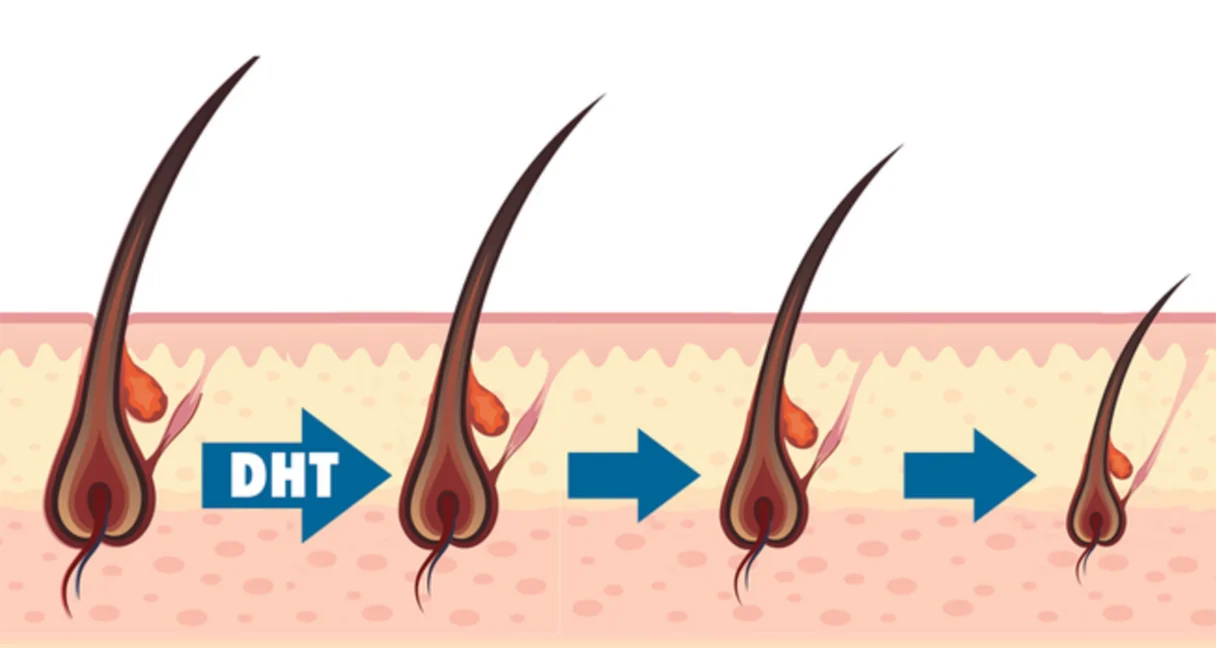
By reducing DHT levels in the scalp, finasteride can help to reverse the miniaturization of hair follicles that occurs in male pattern baldness.
Finasteride is generally considered to be a safe and effective treatment for male pattern baldness, but it is important to note that it is not a cure and its effectiveness may vary from person to person.
It is also important to discuss the potential benefits and risks of finasteride with a health care provider
before using it, as there are some potential side effects associated with the medication. So like any medication, finasteride has potential benefits and drawbacks.
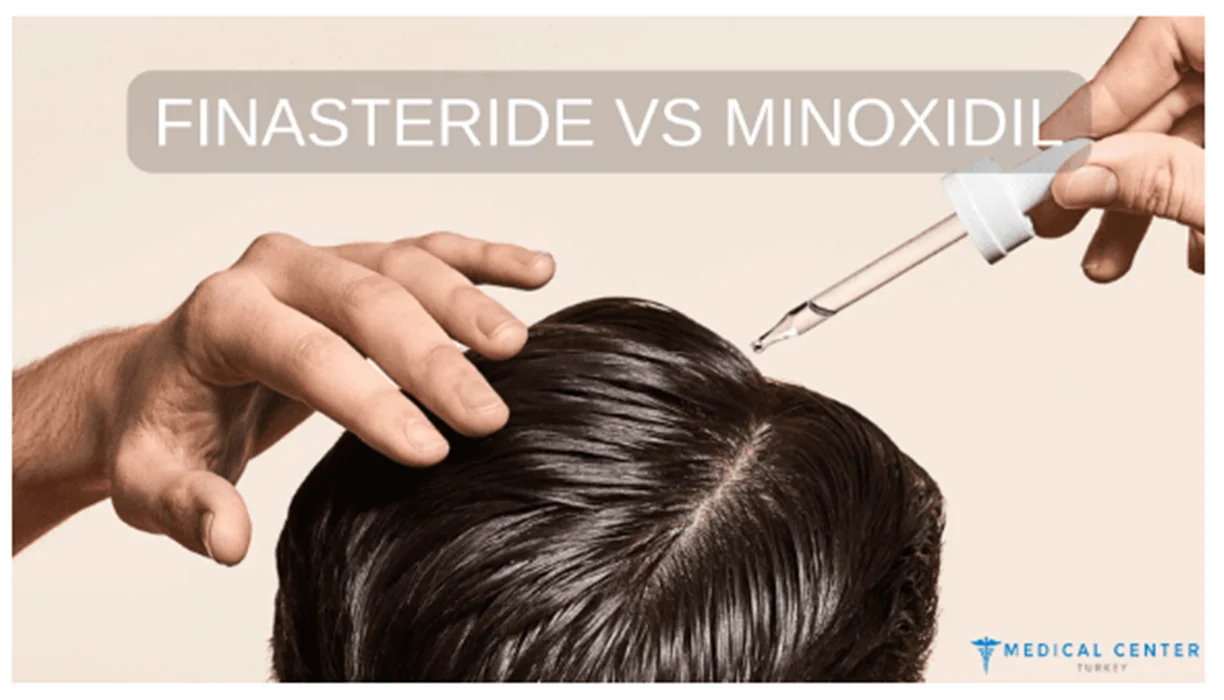
First and foremost, finasteride has shown remarkable effectiveness in reversing or slowing down hair loss in a significant number of individuals. In fact, in some cases it has even been known to promote hair regrowth, which is truly promising.
Secondly, finasteride is incredibly easy to use.
It comes in the form of a once daily oral medication, which makes it a convenient and non-invasive treatment option. No need for complicated procedures or frequent visits to the doctor.
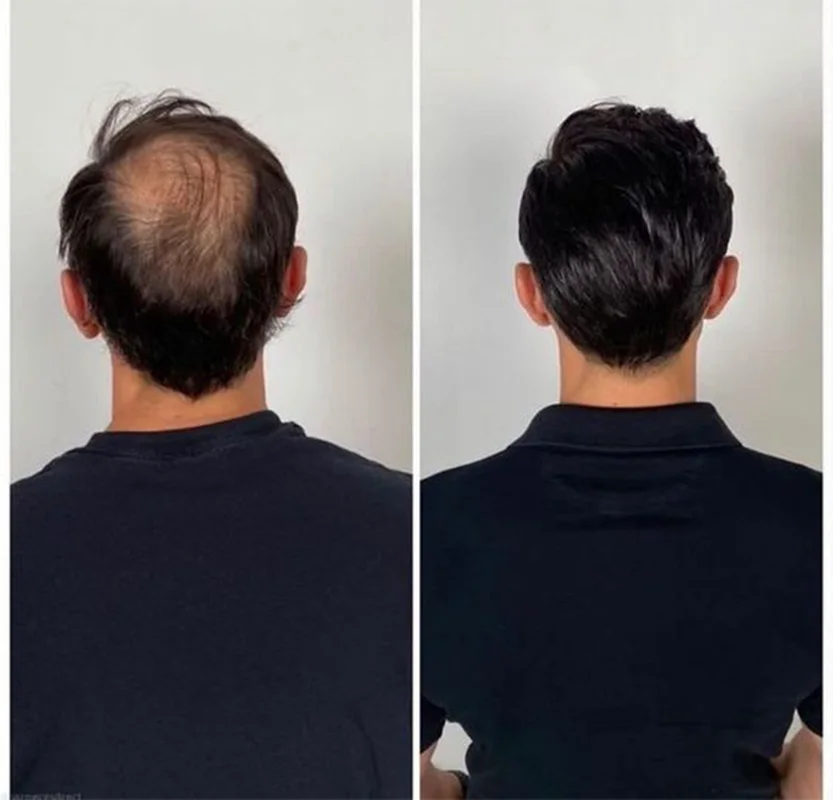
Moving on. Finasteride is widely available. It can be obtained by prescription from health care providers in many countries, making it readily accessible to those in need.
This widespread availability ensures that individuals can easily acquire the medication without unnecessary hassle.
Lastly, Finasteride boasts minimal side effects.
While some individuals may experience mild side effects, these generally fade away after discontinuing the medication altogether.
This is definitely a comforting factor for those considering this treatment option. Now let’s delve into the cons associated with Finasteride.
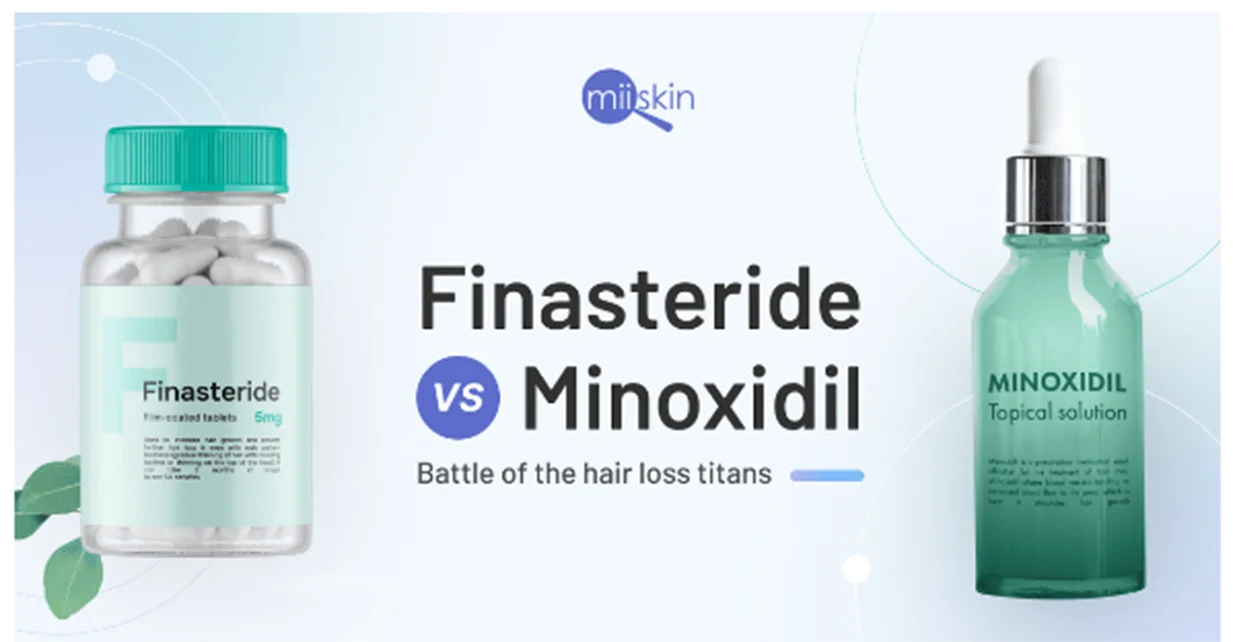
First, it’s important to note that long term use of finasteride is required to maintain its benefits.
Once the medication is stopped, the effects may diminish or disappear entirely. Consistency in usage is key to obtaining long lasting results.
Next, we must address the potential side effects. Although rare, it’s worth mentioning that some individuals may experience more serious side effects such as decreased libido, erectile dysfunction or decreased — volume.
Additionally, there have been reports of breast tenderness or enlargement in certain cases. While these occurrences are infrequent, it’s crucial to be aware of them.

Another drawback to consider is the cost associated with finasteride, especially when used over an extended period. The expenses can add up, making it a potentially expensive treatment option for some individuals.
Lastly, it’s important to acknowledge that finasteride effectiveness may vary from person to person.
While it has proven successful in reversing or slowing down hair loss in many individuals, it may not work for everyone and the results achieved may be more modest in some cases.
So to conclude, finasteride presents itself as a viable option for hair loss treatment. It directly tackles the root problem of the hair loss being the DHT having negative impacts on the hair follicles.
It has a proven track record of remarkable results given that its medication. However, the cost of achieving this can be devastating if you’re one of the few
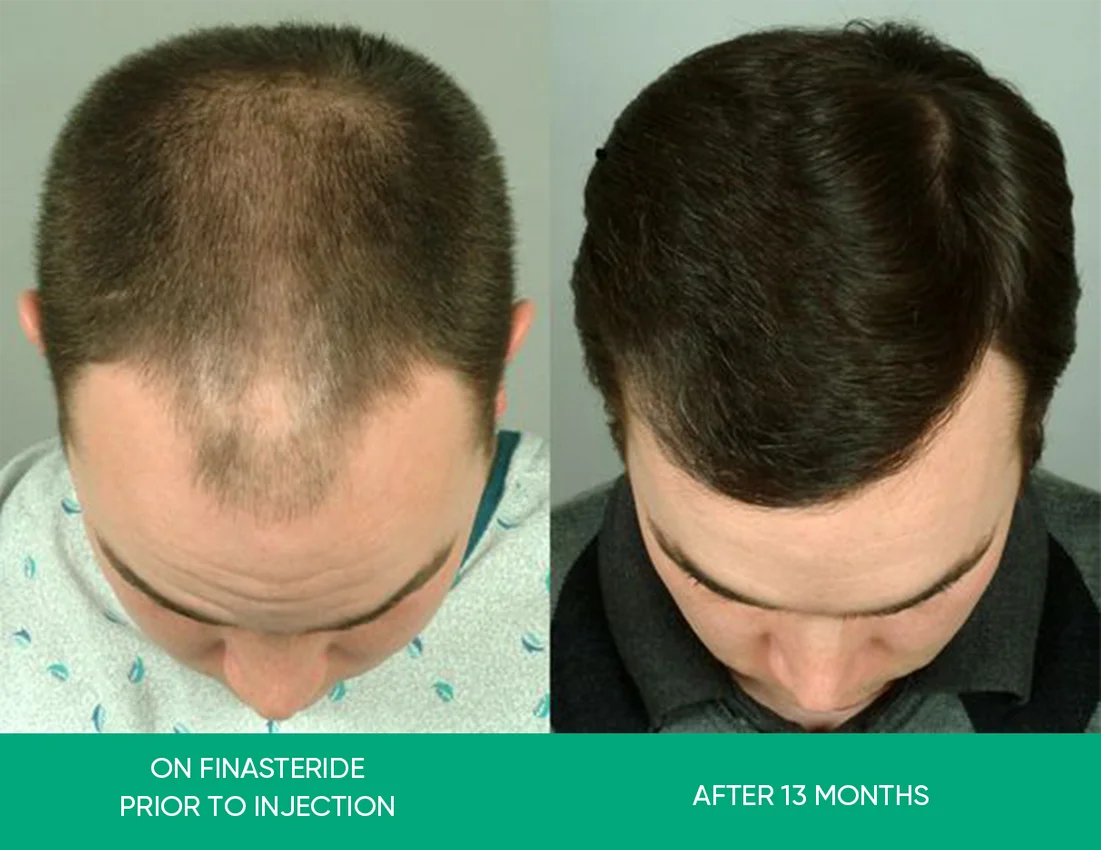
Next we’ll look at finasteride. Finasteride works by inhibiting the enzyme five alpha reductase which converts testosterone into dihydrotestosterone DHT in the body by inhibiting the conversion of testosterone to DHT.
Finasteride can reduce the amount of DHT and so will help to reverse or slow down hair loss.
Specifically, finasteride inhibits the type two form of the five alpha reductase enzyme which is primarily responsible for the conversion of testosterone to DHT in the hair follicles.
Over the counter products 2: Finasteride By reducing DHT levels in the scalp, finas- teride can help to reverse the miniaturization of hair follicles that occurs in male pattern baldness.
Finasteride is generally considered to be a safe and effective treatment for male pattern baldness, but it is important to note that it is not a cure and its effectiveness may vary from person to person.
These products are not intended to diagnose, treat, cure or prevent any disease.The information provided on this site is for informational purposes only and is not intended as a substitute for advice from your dermatologist or other health care professional or any information contained on or in any product label or packaging.
You should not use the information on this website or the product described for diagnosis or treatment of any health problem or as a substitute for any prescription of any medication or other treatment.
You should consult with a health care professional before starting any skin or facial regiment or if you have or suspect you might have a skin problem.
If you are using a screen reader and are having problems using the website please call (+1 320 207 0552) for assistance.
